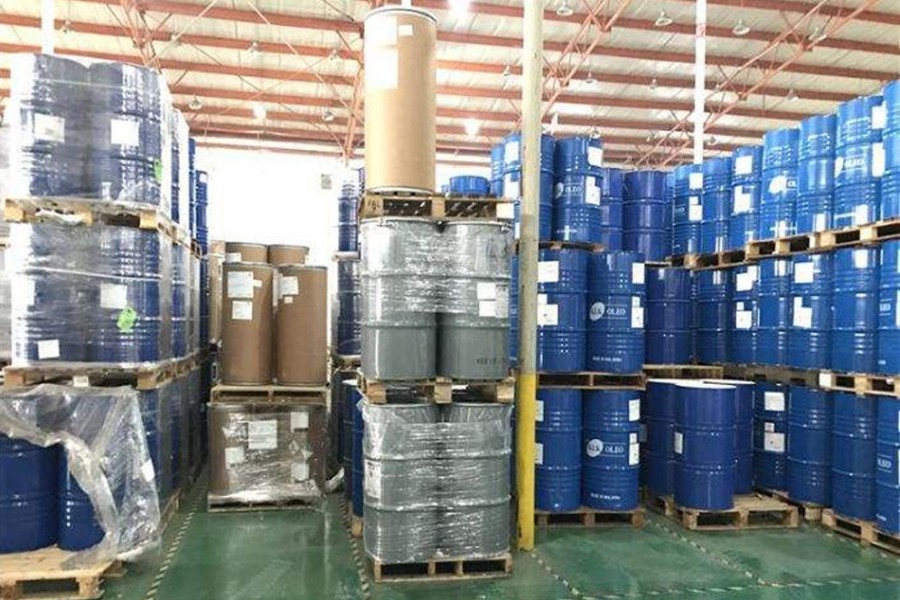Warehouse Gas Detection Solution

By John Doe - 02/04/2025 - 0 comments
Common granaries and hazardous material warehouses generate some toxic gases, such as phosphine (PH₃), hydrogen sulfide (H₂S), flammable gases, etc.
In granaries, phosphine is generally placed for pest control. Phosphine is a colorless, highly toxic, and flammable gas. It is heavier than air and has a smell similar to rotten fish. Hazards to the human body: When the concentration in the air is 2 - 4 mg/m³, its odor can be detected; at a concentration of 9.7 mg/m³ or higher, it can cause poisoning. Contact with 550 - 830 mg/m³ for 0.5 - 1.0 hours can lead to death, and 2798 mg/m³ can cause rapid death. The oral LD₁₀₀ of PH₃ for humans is approximately 40 mg/kg. Phosphine is inhaled through the respiratory tract. It first irritates the respiratory tract, causing mucosal congestion and edema. The alveoli also become congested and exudative. In severe cases, there is punctate extensive bleeding, and the alveoli are filled with bloody exudate, which is the pathological basis for the occurrence of acute pulmonary edema. Phosphine is absorbed through the alveoli into the whole body, affecting organs such as the nervous system, heart, liver, and kidneys.
Depending on the specific items stored, hazardous material warehouses generally detect flammable gases, carbon monoxide, hydrogen sulfide, and other toxic gases.
Our company has a complete warehouse gas detection system to ensure the safety of personnel and property.
